This week’s YouTube video shows you how and why to use beneficial nematodes to solve pest and disease problems in your soil. We always come back to the Soil Food Web as the most important factor in a healthy garden, and this week is no exception.
Beneficial nematodes are important players, as they target pests and vectors of disease that incubate in the soil. Interrupt the life cycle of these pests, and you can enjoy fewer problems during the growing season. Keep your soil moist and rich in organic matter, and your Soil Food Web (fungi, bacteria, protozoa, nematodes and more) will give back in spades.
How to Apply Beneficial Nematodes
This video explains three of the most important nematodes that help eradicate or reduce the populations of insect pests and vectors of diseases. We even share the proper pronunciation of nematode so you can get it right forevermore.
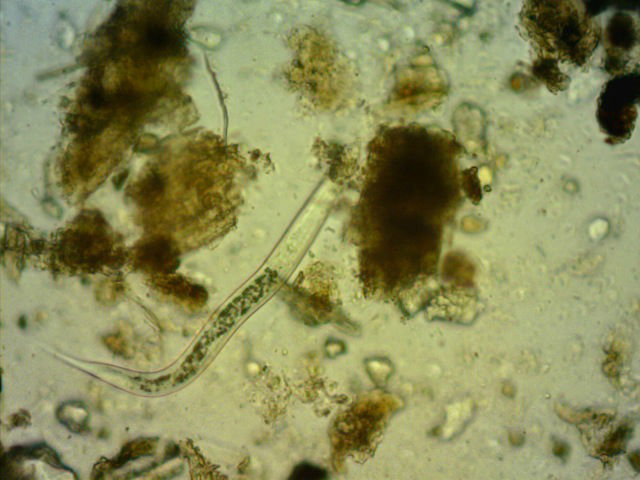
Resources
We got our beneficial nematodes here – Triple Threat (5 million of each of SF, SC, and HB)
The hose filter we used is from these guys
The backpack sprayer shown (an investment, but worth it if you brew compost tea or want to apply anything foliar) is here. They didn’t not sponsor us, we just love this model.
Take good care of your Soil Food Web, give microbes plenty of food to eat (compost, worm castings, mulch and other organic matter) and they will reward you with balance. Balance between good and bad bugs, and balance between the need for your involvement and nature’s management services.
Read more about the Soil Food Web and a starter list of foods for microbes here.
Got bad nematodes? Find out how to treat root-feeding nematodes (if you have lumpy roots on your tomato plants, you’ve got them) here.

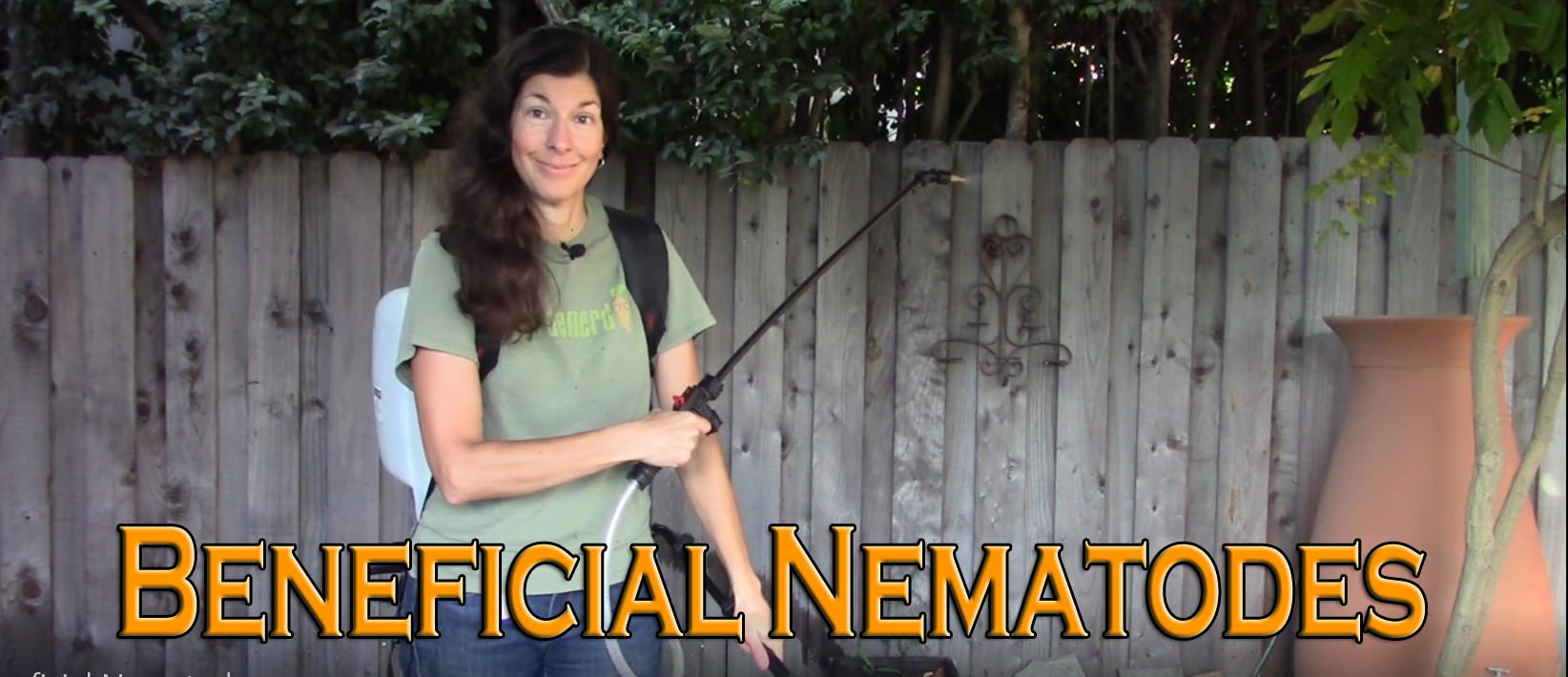
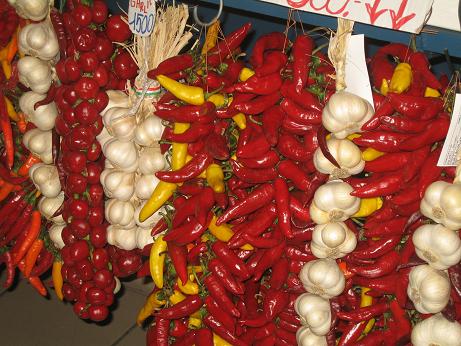
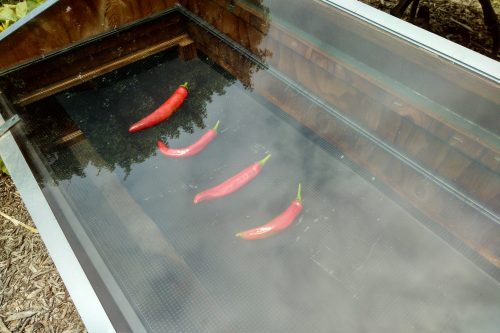
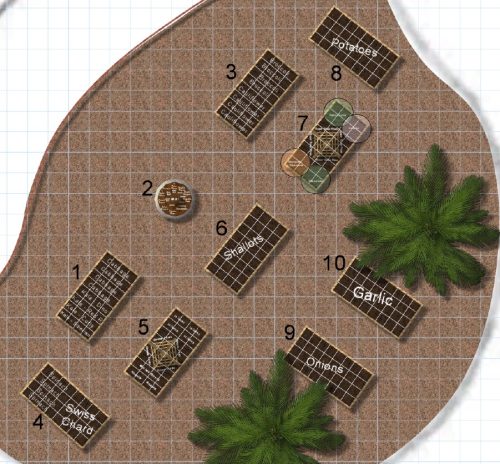
Kristy, why do I need a filter for my outdoor hose? I didn’t think that water would have chlorine in it. I live in the nth bay of San Fran
Unless you’re on a well, or have whole house filtration including outside hose spigots, your water has either chlorine or chloramine in it to kill microbes. Municipal water districts differ in how they treat their water, but the mainline to your home feeds all the spigots and irrigation on the property as well as what’s inside the house.